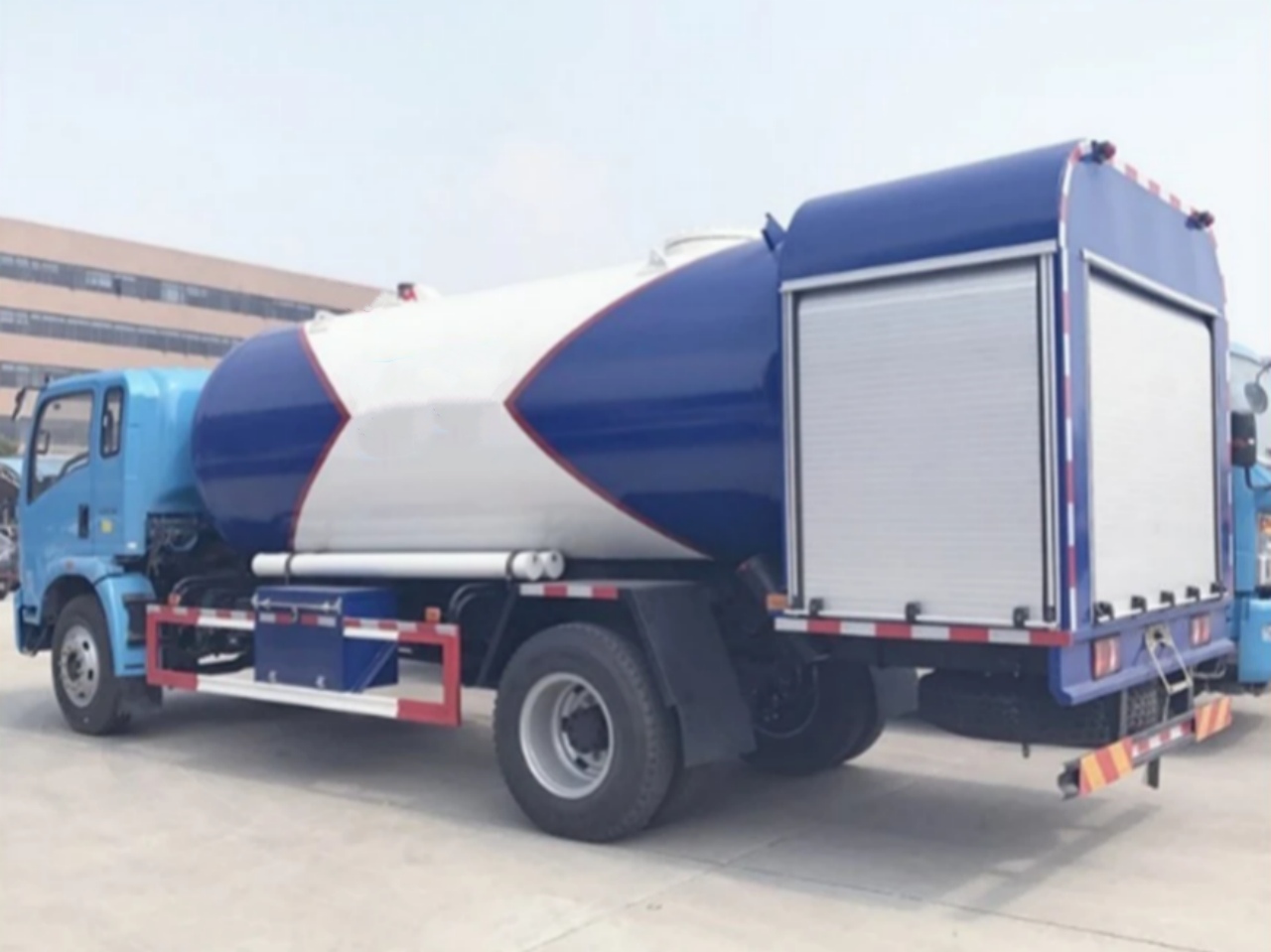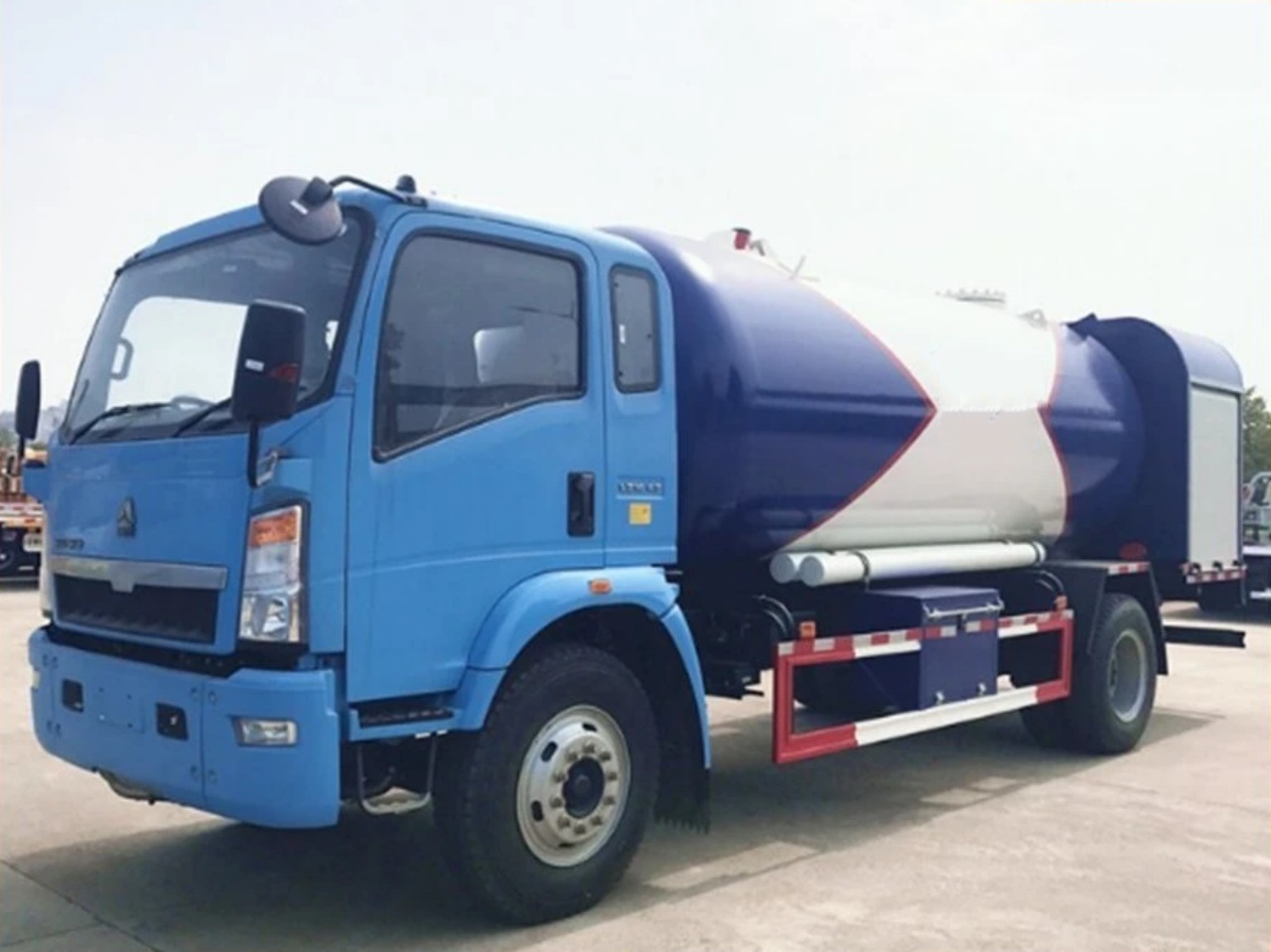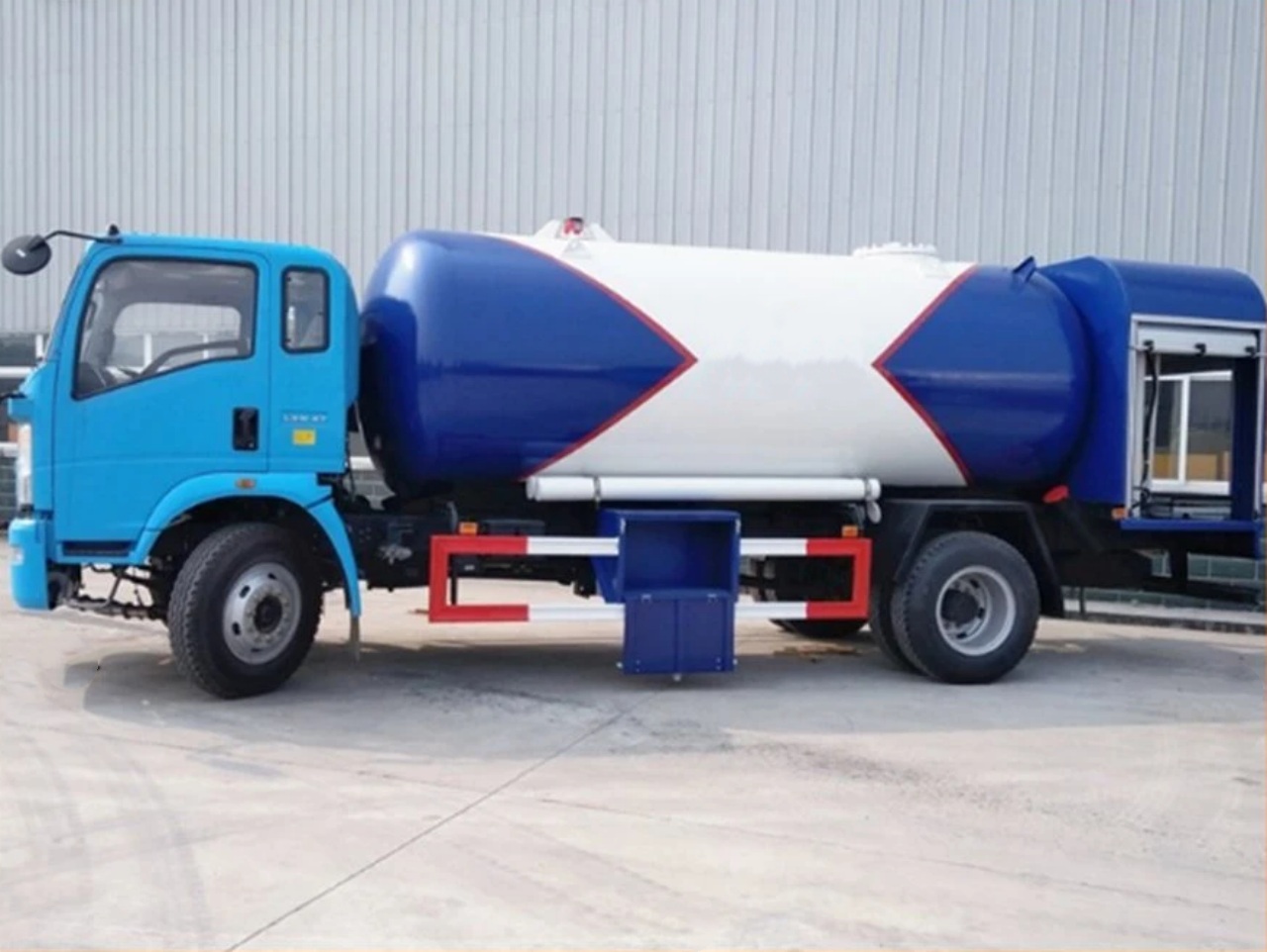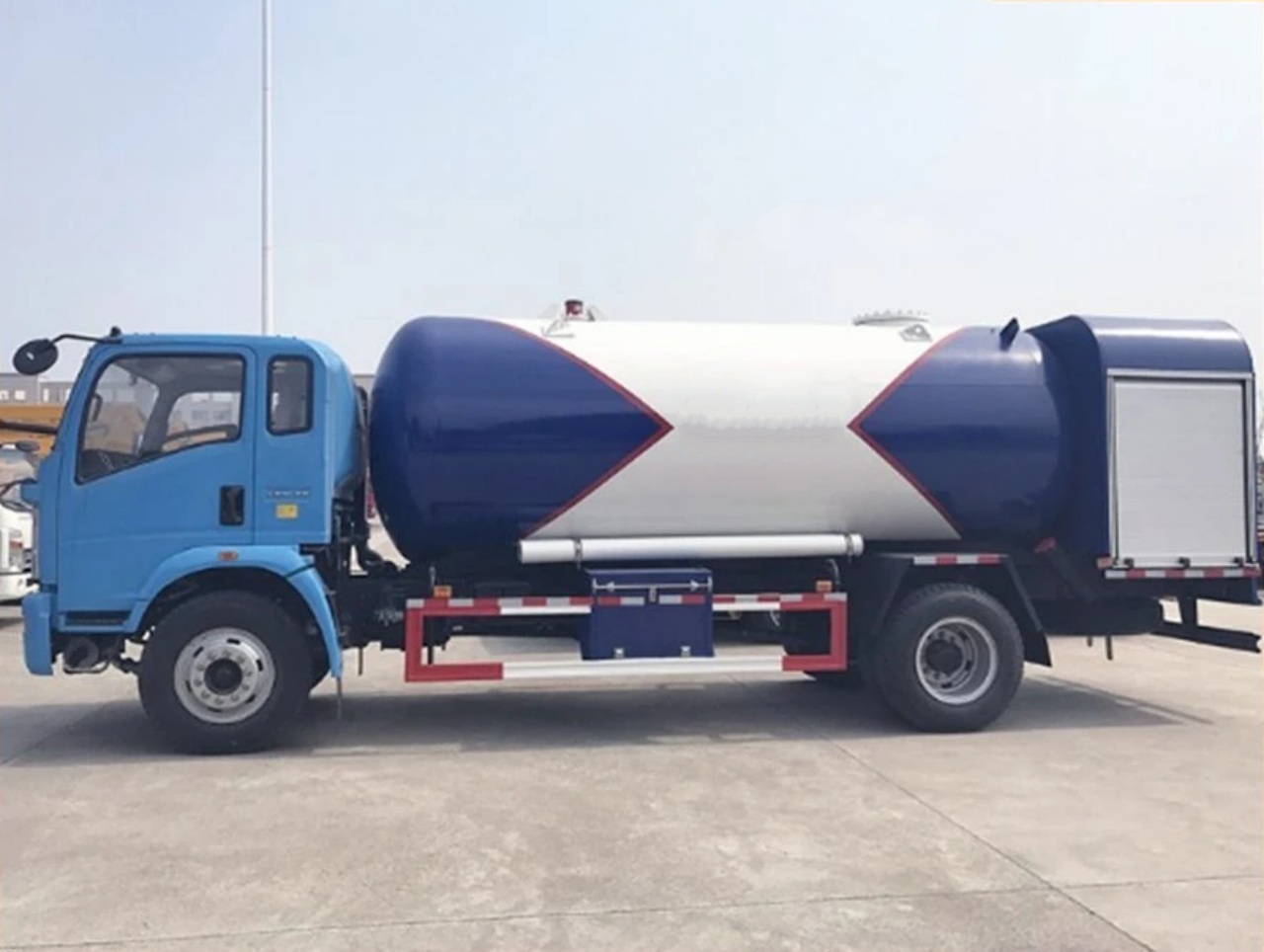Propane trucks play a critical role in the delivery of liquefied petroleum gas (LPG), especially to residential, agricultural, and commercial customers who rely on propane for heating, cooking, fueling equipment, or even powering vehicles. While there are many technical aspects to these trucks—including tank capacity, safety features, and pumping mechanisms—one often overlooked but essential question is: How long are propane trucks?
This article explores the different types of propane trucks, how their length is determined, standard size ranges, factors affecting truck length, and the implications of size for operations and regulations.
Types of Propane Trucks
To understand how long propane trucks are, it’s first important to clarify that not all propane trucks are the same. There are 2 main categories:
1. Bobtail Trucks
Bobtail propane trucks are the most common type. These are medium-duty trucks that carry a pressurized tank permanently mounted to the chassis. They are primarily used to deliver propane directly to end-users.
2. Transport Trucks
Transport trucks (or “transport trailers”) are larger, heavy-duty vehicles that carry propane over long distances in bulk quantities. These often deliver to storage facilities, distribution centers, or large industrial sites.
Each of these categories has its typical size range.
Typical Lengths of Propane Trucks
Bobtail Propane Trucks
Bobtail trucks are typically between 22 and 35 feet (6.7 to 10.7 meters) in total length. The exact length depends on several factors:
- Chassis model and wheelbase
- Tank size (measured in gallons, typically 1,000 to 5,500 gallons)
- Equipment configurations (pumps, meters, hoses, etc.)
Some common examples:
- A bobtail with a 2,500-gallon tank might be around 26–30 feet long.
- A smaller bobtail with a 1,000-gallon tank might be closer to 22–24 feet.
Transport Propane Trucks
Transport trucks are much longer due to their use of semi-trailers. These vehicles are typically between 48 and 75 feet (14.6 to 22.8 meters) long.
- A single tank trailer (non-articulated) can be around 48–53 feet.
- Tractor-trailer combinations can reach up to 75 feet, depending on the tractor size and trailer design.
- These transporters typically haul between 9,000 to 12,000 gallons of propane.
Because these trucks operate on highways and interstates, their lengths must also conform to DOT regulations.
Factors That Influence Truck Length
Several variables affect how long a propane truck will be. Here are the main ones:
1. Tank Size and Capacity
The size of the tank is directly proportional to the length of the truck. Larger tanks require longer frames for support. For bobtails, a 3,500-gallon tank could increase the truck length by several feet compared to a 1,000-gallon version.
2. Truck Chassis and Wheelbase
Different chassis manufacturers (e.g., Freightliner, International, Kenworth) offer various wheelbase lengths. A longer wheelbase allows for a larger tank and better weight distribution, but also increases the total length of the vehicle.
3. Regulatory Restrictions
In many countries, transportation authorities limit vehicle length for road safety. In the U.S., for example, the Federal Motor Carrier Safety Administration (FMCSA) limits the maximum trailer length to 53 feet in most states, although some longer combinations are allowed under specific permits.
4. Operational Requirements
Some companies opt for smaller propane trucks to access narrow or rural roads, especially in mountainous or urban regions. Others operating in flat, open areas may choose larger trucks for improved delivery efficiency.
Why Length Matters
The length of a propane truck is more than just a physical measurement—it has practical implications for operation, regulation, and cost-efficiency.
1. Maneuverability
Shorter trucks are more maneuverable, making them ideal for residential areas, farms, and tight industrial sites. Long transport trucks, while capable of hauling more fuel, are harder to turn and may face restrictions in certain zones.
2. Payload Efficiency
Longer trucks usually mean larger tanks and more propane per trip, which improves delivery efficiency and reduces fuel costs. This is especially important for large-scale deliveries or long-haul transportation.
3. Safety Considerations
Longer propane trucks require additional safety mechanisms like anti-roll systems, enhanced braking systems, and driver training for handling in tight spaces or during inclement weather.
4. Legal Compliance
Operators must ensure their trucks comply with regional and national size limits. Oversized vehicles may require special permits, which can involve added administrative and operational burdens.
Customization and Special Configurations
Manufacturers and upfitters often provide customized propane trucks tailored to a company’s specific needs. Custom bobtails, for example, can be designed with specialized equipment compartments, PTO-driven pumps, and digital metering systems—all of which can slightly influence the final length.
Companies may also opt for short-wheelbase trucks with large-capacity tanks if their operational environment requires both high volume and compact dimensions. These trade-offs are carefully considered in fleet planning.
Examples from Industry
Here are some real-world examples of propane truck lengths:
- 2,600-gallon bobtail on an International MV chassis: Approximately 30 feet long.
- 5,000-gallon bobtail on a Peterbilt 348 chassis: Around 35 feet long.
- 11,000-gallon propane transport trailer with a Kenworth T880: Total length of 70–75 feet, including the tractor.
Conclusion
So, how long are propane trucks? The answer depends largely on the type of vehicle and its intended use:
- Bobtail trucks: Typically 22 to 35 feet long.
- Transport trucks: Usually 48 to 75 feet long, depending on the configuration.
Understanding the length of a propane truck is essential for route planning, fleet design, regulatory compliance, and operational safety. Whether you’re a logistics manager, fleet operator, or curious observer, knowing these dimensions provides better insight into how the propane delivery industry works.
As technology and vehicle designs continue to evolve, future propane trucks may find ways to increase capacity without increasing length, offering even more efficient solutions for LPG transport.





